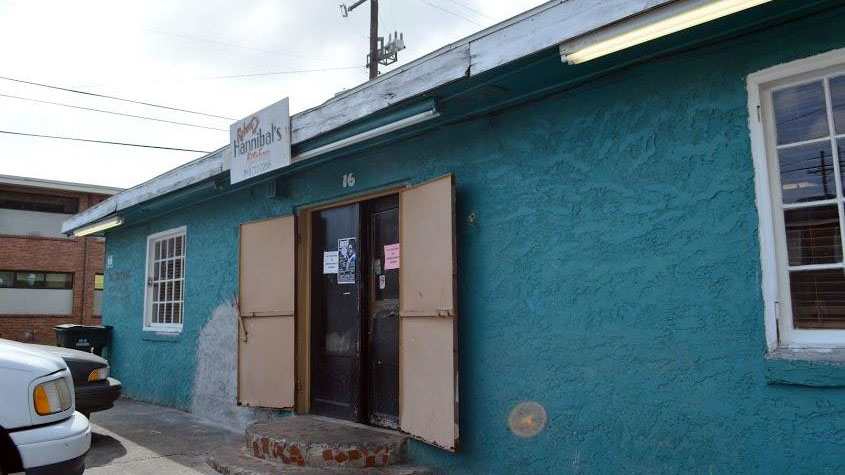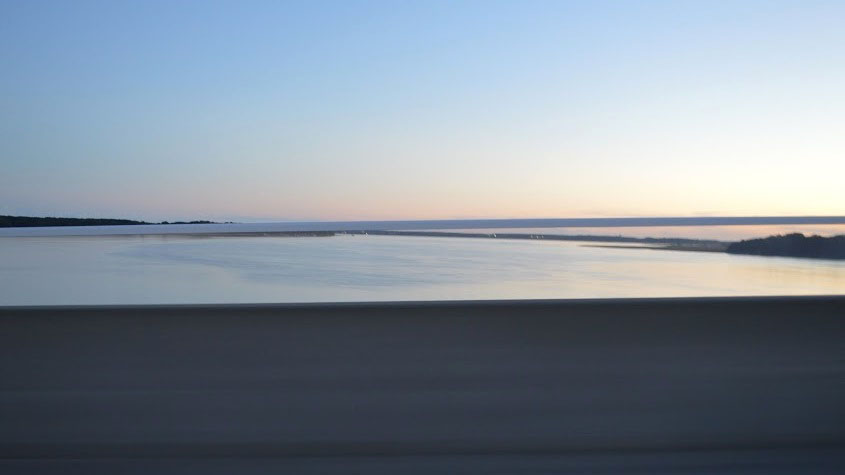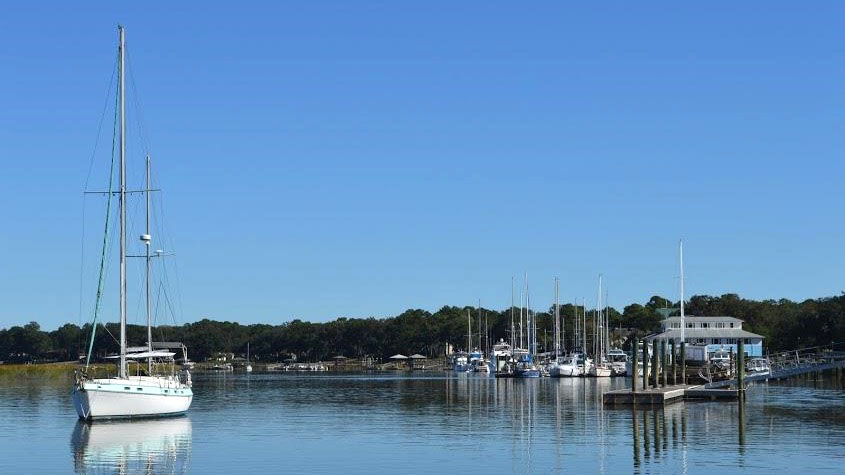The Gullah Series: Picture-Perfect Charleston and the beautiful simplicity of its food

Hannibal's Kitchen
Story and photos by Igor Guryashkin
Igor is a Louisville-based writer.
Historic city offers charm and a wonderful crab rice dish.
After two days travelling along South Carolina's coast in search of Gullah food culture, the final stop in Charleston was sadly here.
On the outskirts of Charleston — one of the United States’ ancient maritime bastions — are marshes populated by jumping dolphins silhouetted against an amber setting sun. My first stop was breakfast at Hannibal’s Kitchen. While the road trip consisted primarily of lunch and dinner, Hannibal’s is open most of the day and people go there for one thing — crab rice.

Crab rice at Hannibal's.
It’s exactly as it sounds: a large helping of crabmeat, sautéed with some onion and placed on top of a heap of white rice. It’s two ingredients and yet it’s unreservedly the best thing I consumed on the whole trip.
Why?
Because it’s deliciously simple, which makes it simply delicious. It’s why the guy with a visible hangover and construction workers are here. It’s why people rave about it online and why it’s the first thing the server suggested when I came in. Why does something taste good? It’s comforting. It’s nourishes you. It’s Gullah.
Before I left Charleston, I decided to stop off at one last place. Since the arrogance of my stomach exceeded the stupidity of my brain, I took one last chance to sample some more simple, fresh and comforting food.

Nana’s Seafood & Soul.
Just One More Meal
Located on Line Street, Nana’s Seafood & Soul is another small unassuming building on a tree-lined road just outside of Charleston’s Historic District. If you didn’t know it was there, you’d walk past assuming it was someone’s house with old net curtains hanging behind small iron-barred windows. I was early and decided to sit on the curb. Before too long, a couple from Dallas joined me and said they wanted to try “the great local spot they heard about.” Another couple soon arrived, eager to get some garlic crab. As we waited for the doors to open, we were handed a menu printed on glossy paper consisting of the type of Technicolor design a nightclub might use. The menu screams platters, oysters and fish. I went for the fried whiting with red rice crab salad and a luscious plump cuboid of bread pudding. I regret nothing.

Plate of Nana's delicious food.

White Point Garden.
Charleston offers many things: an abundance of colonial history, yuppy restaurants, horse-drawn carriages, droves of tourists, architectural splendor, gaslight street lamps, friendly Southerners and stunning sunsets. But one point in Charleston is perhaps most indicative of the food in the area. White Point Garden sits at the bottom of the Charleston peninsula, a geometric green space with trees lined like orderly soldiers. During the war of 1812, cannons were situated here. If you take a stroll, you’ll hear a crunch under your feet. Look closer and you’ll see it’s not gravel; instead it’s crushed oyster shells — enough to cover all the paths in the park.

Crushed shells.

The Big Rocky Hollow Trail at at Ferne Clyffe State Park leads to a beautiful waterfall.
If you go in search of Gullah cuisine, you’ll find food that’s both familiar and different. The United States is a culinary and cultural Venn diagram — one region’s ingredients, flavors and dishes invariably overlap with another's. That’s the nature of history, modernity and globalization. Take a drive to Charleston, or the island inlets anywhere along the coast of Georgia and South Carolina, and you’ll still find some unique dishes. They are courtesy of the land and the sea that has been embraced for the past four centuries by the Gullah people.
Or as Bill Green, owner of Gullah Grub Restaurant on St. Helena Island, explains, “When you're living alongside nature, you eat what nature gives you. You let Mother Nature take care of you.”

Highway near Charleston.
Related
- Road trip to Charleston and discover Gullah Soul Food
- Road Trip to South Carolina for Gullah Soul Food
- Road trip to Beaufort, South Carolina, for Gullah Soul Food



